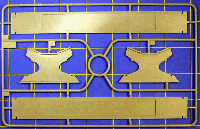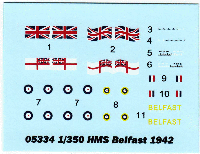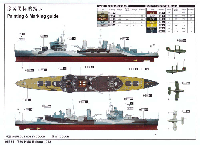| HISTORY |
|
|
The Town class of light cruisers were a series of 10 6"-gunned light cruisers of the Royal Navy. These ships were built in three sub-classes, with the final subclass being Edinburgh and Belfast. These two vessels were slightly larger than the proceeding eight ships, as there was a brief intention of arming them with a quadruple 6" gun, instead of the triple mounts of the other ships.
Belfast was laid down in 1936 in a Belfast, Northern Ireland shipyard, and was commissioned three years later in August of 1939. Three months into her commission, she struck a magnetic mine which inflict serious damage. Belfast limped back for repairs, which took until 1942 to complete. The Belfast that emerged from those repairs also underwent refit and modernization, including having a stability bulge added.
Belfast went on to take part in the sinking of the German battleship Scharnhorst in December of 1943 and the D-Day bombardment force. After D-Day, Belfast underwent another refit to prepare her for tropical service in the Pacific Theatre, but the destruction of Hiroshima and Nagasaki ended the war before she arrived in theatre. Belfast did later serve in the repatriation of survivors from Japanese prisoners of war.
Post-war, she served in foreign service on the Far East station, so she was in place to provide fire support to the UN forces during the Korean War. After this conflict ended in 1952, she was briefly paid off before entering an extensive modernization from 1956-1959. She went into permanent reserve in 1963, and was later saved from the breakers in 1971. She still exists today as part of the Imperial War Museum and open to visitors in the Pool of London.
|
| HULL AND DECK |
|
|
Belfast is presented in the now-standard Trumpeter hull layout; two halves, split down the centerline. These halves are strengthened by the addition of a series of seven internal bulkheads. In what also appears to be an aspect of the new standard, there are no waterline options designed into the kit.
The hull for Belfast looks to be well shaped, with the post-1942 refit bulge and armor belt quite prominent.. The foot of the bow has the paravane "clump" molded in place, but the bottom of the hull is missing the opening for lowering the ASDIC dome. The forward section of hull halves to have these small "pegs", which appear to be simulating venting on the current museum Belfast, but not present in wartime. These should be easy to remove cleanly. Also, the starboard sheet anchor hawse is missing; this wasn't plated over until June of 1943, and was not removed until 1959.
Below the waterline, the bilge keels look almost reversed, with the port on the starboard side, and starboard on the port side. While this appearance won't bother some, other will want to remove them and replace with styrene.
Dimensionally, the hull looks to be very accurate, measuring a tiny bit over 21".
|
 |
|
|
|
Trumpeter has included three "deck" pieces; only two are deck parts in the normal modelling sense of the word, with a center deck amidships for the stacks and 4" QF guns.
The two parts of the main deck have planking where appropriate, and raised outlines to help place the superstructure assemblies. None of the fairleads or bollards are molded on, having been provided as parts on other sprues.
The center deck is where the 4" QF guns will be placed, along with most of the ship's boats and some superstructure. Running the length of the center deck, on both sides of the deckhouses, are the tracks for the 4" shell conveyors.
In the bow, there is a curious anti-skid pattern molded in, and the sheet anchor hawse pipe has been plated over- there is an oval plate molded on the deck. The chain stoppers have been molded on, but real chain included for the actual anchor chains.
|
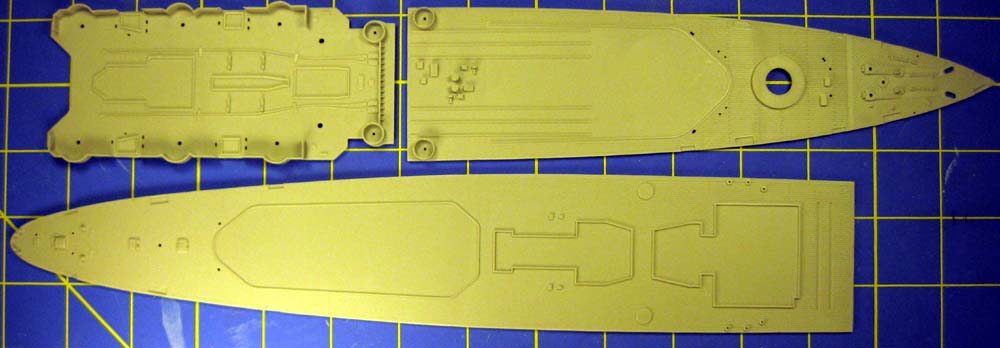 |
|
|
| SPRUE H |
|
|
This sprue has the two main superstructures of Belfast. These parts have good shape, and differing watertight doors styles where appropriate.
The H sprue in this kit did have a few smears of machine grease and a bit of flash on the parts, so cleaning with a warm rise of soapy water would not be amiss.
|
 |
|
|
| SPRUE B |
|
B has the seven interior bulkheads for the hull halves, and some deck levels for superstructure. The planked forward superstructure deck has the two 3-ton winches molded in place, and they look good.
|
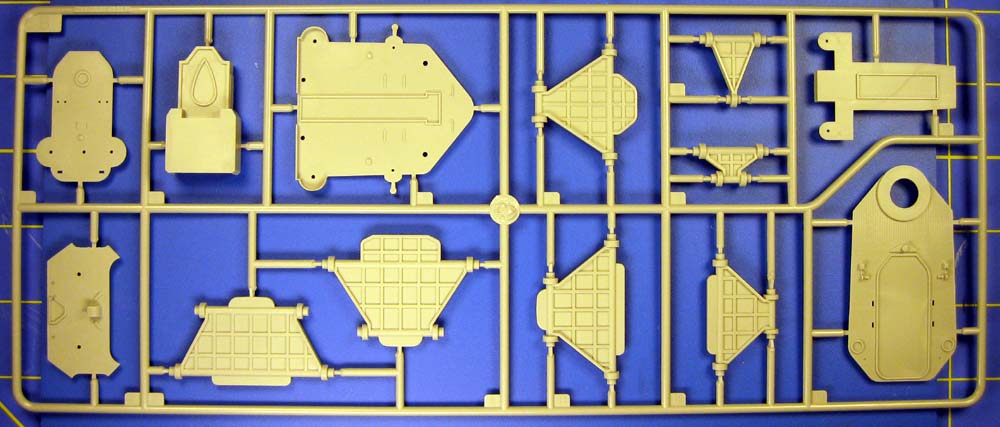 |
|
|
| SPRUE C |
|
Sprue C has the open bridge, funnels, 4" gun shelters, interior bulkheads for the hangars, as well as some assorted other deck parts. Both of these funnels are off in all dimensions, with the forward stack being the most egregious. The open bridge was molded without the wind deflector. This distinctive aspect of Belfast is to be simulated with an included photoetch part.
|
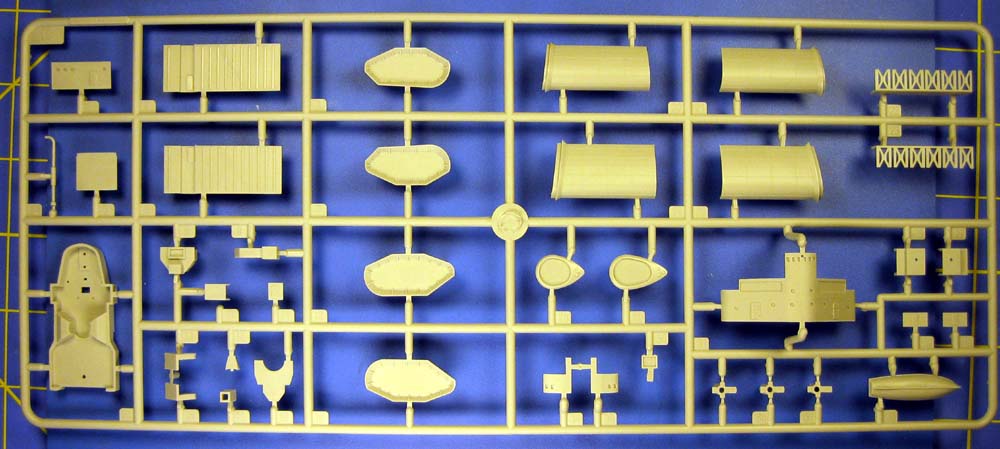 |
|
|
| SPRUE D |
|
This sprue has some various bulkheads to build superstructures and deckhouses for Belfast, as well as the nameplate, breakwater, Carley Float racks and two of the ship's four propellers. This sprue also has the blast doors which protect the triple torpedo tubes. These doors are made from four parts; D13-17, and D34-36, with an additional section near the end of the center deck. The doors have too few panels; each door should have eight "cells", two rows of four. The single door section at the end of the deck is also incorrect.
Sprue B also has two parts which make up the catapult. These parts are solid grey styrene, and builds up to a very simplified version of the catapult in the retracted position.
|
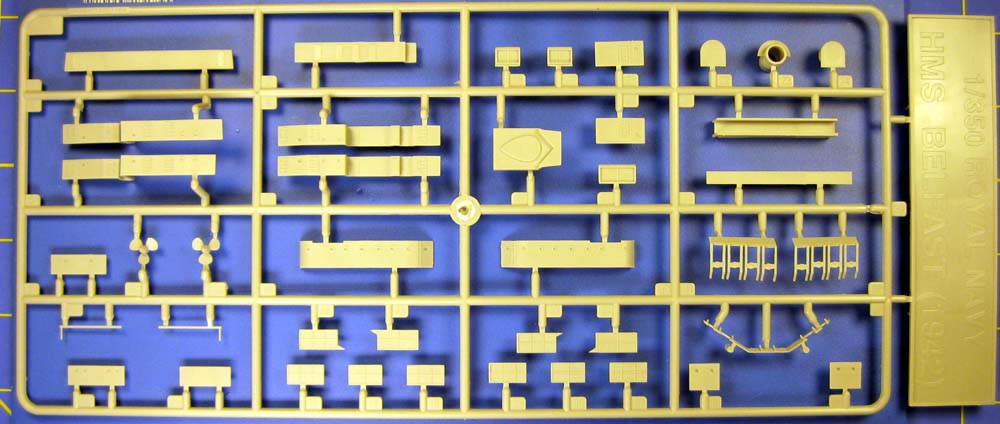 |
|
|
| SPRUE E |
|
E has the other two propellers for Belfast, the rudder, prop shaft/skeg assemblies and shaft v-struts and bearings. Filling out this sprue are the tripod masts, various yards, some ship's boats and two deckhouses. A cylindrical part (E7) serves as the core of the Type 273 Lantern radar- the remaining parts are in photoetch, and a flat bar (E32) is the Type 284 main battery radar to be fitted atop the 6" Director Control Tower (DCT).
|
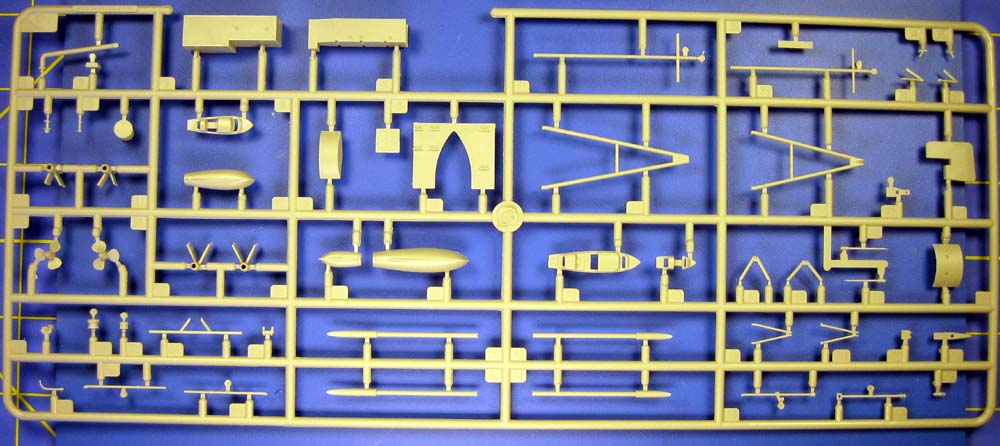 |
|
|
| SPRUE F x2 |
|
Each sprue F has the a 6" DCT, seaplane crane, 10 Carley Floats and additional ship's boats.
Also present is an 8-barreled Pom Pom and twin 4" QF gun; both of which appear to be the same ones used on previous
Trumpeter RN ship kits. The twin 4"QF Mk XVI still has that ridiculous muzzle ring.
The triple 21" are passable, but the turntable diameter should be less than the width of the tubes. One of the aircraft hangar doors also here, with many various fittings, pipes and details like ready-ammo lockers, and the tubs for the pom pom directors; the Type 282 radars being photoetch.
|
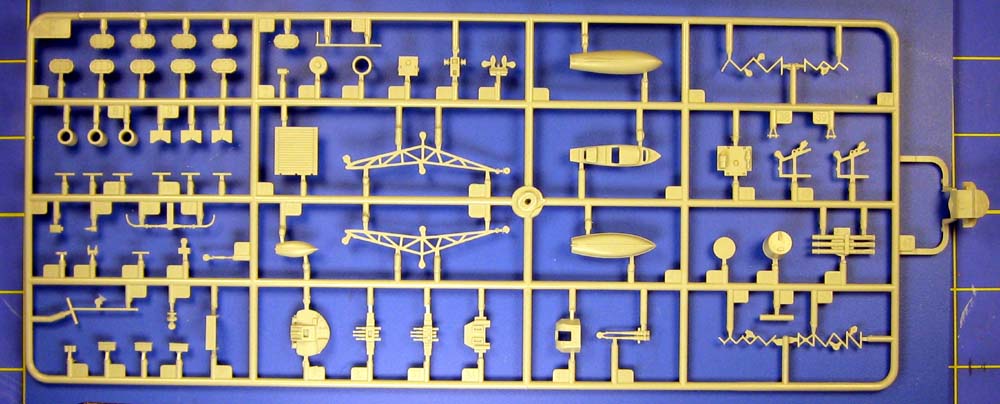 |
|
|
| SPRUE G x4 |
|
|
Sprue G is the fun sprue- it as the main gun turrets on it! However, the fun doesn't stop there; since Belfast carried eight twin 4" QF guns, each "G" sprue has a 4" gun assembly on it. G also has the bollards and fairleads needed by the main deck, searchlights, paravanes and both single and twin 20mm Oerlikons. There are actually parts for two twin 20mm Mk V powered mounts present. One more argument for the 1943 appearance of this kit is the presence of the single 20mm's; these were added to Belfast in late 1942.
The triple 6" guns had the trunnions of the center gun set back 30" so the shells
would not interfere and increase dispersion. 30" is 2.1mm, and this seems about right,
as long as the guns are not posed elevated (due to Trumpeter molding all three barrels on the same axis). Also, these barrels are not slide molded, and thus do not have open muzzles. The turret shapes look ok, but the sides have some irregularities, along with some flash.
|
 |
|
|
| SUPERMARINE WALRUS MK.I x2 |
|
|
This kit includes two Supermarine Walrus seaplanes, molded in clear styrene. These seaplanes are pretty basic, and are missing an appropriate catapult launch cradle. This is the same aircraft previously seen in Trumpeter's 1/350 HMS Warspite kit.
Belfast's Walrus complement was landed in June of 1943, so if you are choosing to model your Belfast as she appeared at the Battle of the North Cape, leave them off.
|
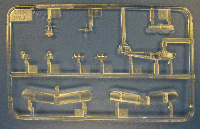 |
|
|
| PHOTOETCH |
|
This set includes a fret of photoetch, which has a number of different parts. Trumpeter continues to not include deck railings as part of their photoetch offerings, but the fret does include most of the radars and ladders needed for Belfast. Also present is a long single flat grid, for simulating the distinctive open bridge wind baffles on Belfast; however, it appears Trumpeter may have confused these for a series of bridge windows, as this part is flat.
|
 |
|
|


